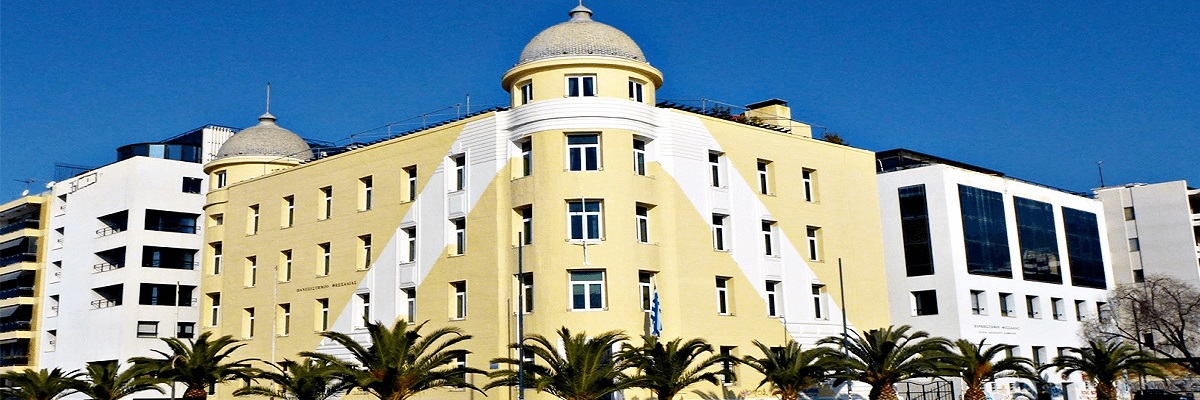In order to test our research hypotheses, the relevant modern research literature is utilized and research is conducted in specific school units of secondary education. The sampling method that we follow is convenience sampling. The study consists of the following parts:
- the construction of the initial pool of original CT assessment tasks (90 tasks)
- the pilot research of the original tasks, divided into six specific questionnaires, each one representing one CT dimension
- the main research which will lead to the the creation of the CT assessment tool DACT
- the validation of the new CT assessment tool DACT
Construction of the initial pool of CT assessment tasks
In order to create the CT assessment tool we created a CT pool of assessement tasks, which count up to 90 tasks in total. These 90 tasks are divided in six questionnaires of 15 tasks, which correspond to six dimensions of CT, as they came up from our literature review, and in particular are:
Algorithmic thinking – ALG,Abstraction – ABS,Decomposition – DEC,Generalization – GEN,Evaluation – EVA, andLogic – LOG
The creation of these tasks brought up the need of microworld. In order to disengage from the knows programmatistic environments, so that no specific knowledge of a particular programming language would be required, but also to avoid the advantage or students that would already know a specific environment, we decided to proceed in creating a new microworld named DACT, which is two-dimensional, consists of abstract human forms, of movement arrows, obstacles (walls, paint buckets) and target objects (a flower pot).
All tasks have been created based on the existing scientific literature, and have been revised by experts.
Pilot research of the CT assessment tasks
The initial pool of CT assessment tasks has been used in the pilot research, by administering the six questionnaires mentioned above. These quesstionnaires were administered to a considerable number of students.
Our approach follows a mixed method, namely we use both quantative (questionnaires) and qualitative approaches (semi-structured interviews with the students) and also observation methods during the reply process or the questionnaires. In this manner, we have created sheets regarding the semi-structured interviews with the students and similarly observation record sheets for use during the reply process.
Our goal is throughout the proper statistical data process, as well as the analysis of the itnerviews and observations, to come up with problems regarding the students’ text comprehension, the required time etc, in order to improve the tasks. So, tasks are edited, as well as removed, so that we come up with the final pool of CT assessment tasks that will be used in the main research.
Main research – the creation of the CT assessment tool DACT
In this stage of the research, the questionnaires were administerd to a large sample of students. Again, we used semipstructured interviews and observation methods during the reply process.
The students’ replies were statistically processed in SPSS and throughtout this research process we came up with the final CT assessment tool DACT, which consists of 36 tasks.
Validation of the CT assessment tool DACT
In the final research stage we conducted validation processes for the new CT assessment tool DACT. In order to achieve this, we translated and adopted in greek language the Computational Thinking test – CTt. Both tools were administered to the same research sample and the statistical process came up with high correlation of the two tools.
For the validation of the CT assessment tool DACT wre have chackes the internal validity, the face validity and the concurrent validity.
Research tools
All the tasks of the initial pool (pilot research), of the main research, of the final CT assessment tool DACT, but also of the adapted in greek CTt, were designed and are available in the following formats:
Microsoft Word for editingPDF for printed administeringGoogle form for electronic administering from the web
For the use of all the questionnaires we have created automated codes, which safeguarded the unauthorized access, secured and facilitated the binding of the individual questionnaires, but also helped us to avoid more mistakes, and to process all data more easily and quickly.
